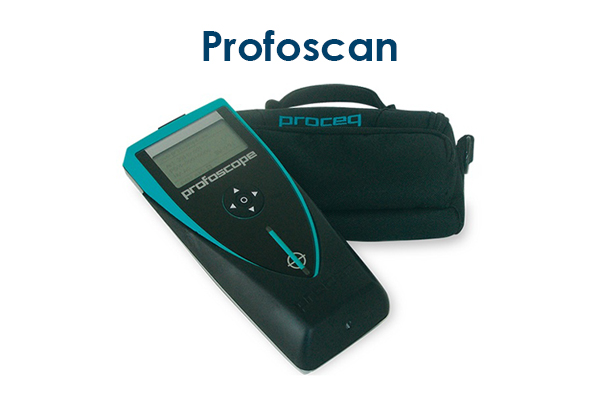Non Destructive Testing
Non Destructive Testing
NDT-Non Destructive Testing is a commonly used method to predict the quality of in-situ concrete. This testing system is mainly used to avoid Structural component/member damage and to save money and time. It provides immediate results, strength, and real properties of the concrete structure. The commonly used NDT methods Impact method, Ultrasonic method, Chemical method, and visual observations. A careful analysis and procedure must carry out while ND-Testing to evaluate the Quality and strength of concrete.
The Commonly used Non-Destructive Test methods are
- Rebound Hammer Test (RHT)
- Ultrasonic Pulse Velocity Test (UPVT)
- Half Cell Potential Test (HCPT)
- Carbonation
- Profoscan (Cover thickness of concrete)
We carry out these tests according to Indian Standard Codes and other relevant codes like British Standard and American Standard etc.,
REBOUND HAMMER
Rebound Hammer Test method is used to determine the likely compressive strength of concrete by relating the rebound index and Compressive strength, to determine uniformity and quality of concrete.
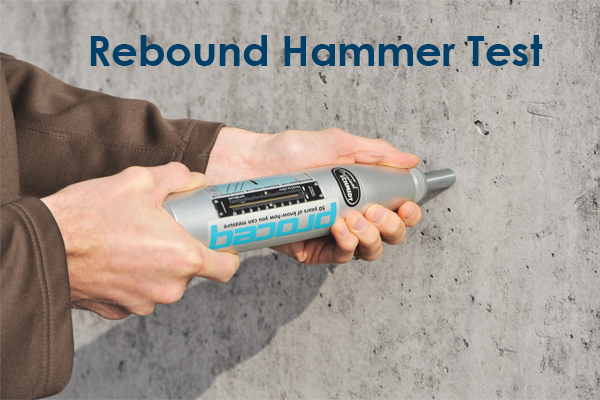
ULTRASONIC PULSE VELOCITY
In this test, the strength and quality of concrete is assessed by measuring the velocity of an ultrasonic pulse passing through a concrete structure. This non-destructive method used for identifying the voids, honeycombs, cracks and to identify the low-quality concrete.
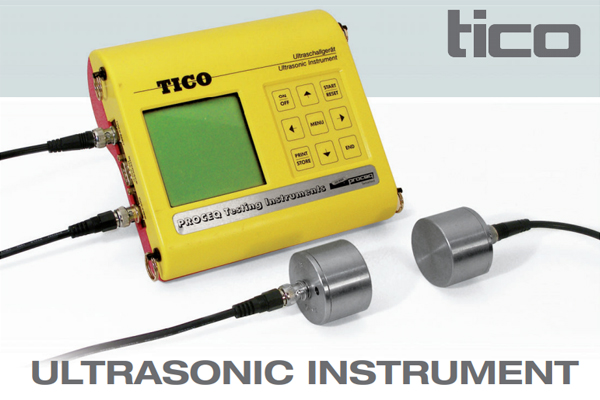
HALF CELL POTENTIAL TEST
To estimate the electrical corrosion potential of uncoated reinforcing steel in the member is undergoing corrosion or still in the alkaline medium. In case, it is undergoing corrosion activity, to what extent. This corrosion monitoring technique is standardized as per ASTM C876-15.
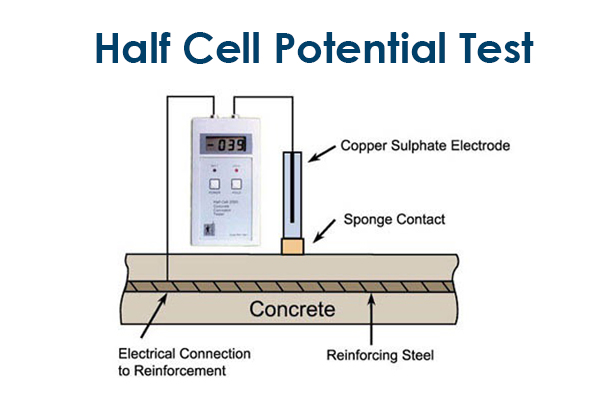
CARBONATION
The carbonation of concrete is one of the main reasons for the corrosion of reinforcement. The rate of carbonation depends on the grade of concrete, permeability of concrete, whether the concrete is protected or not, depth of cover, time, etc. This test method is standardized as per BS: 1881: PART 201.
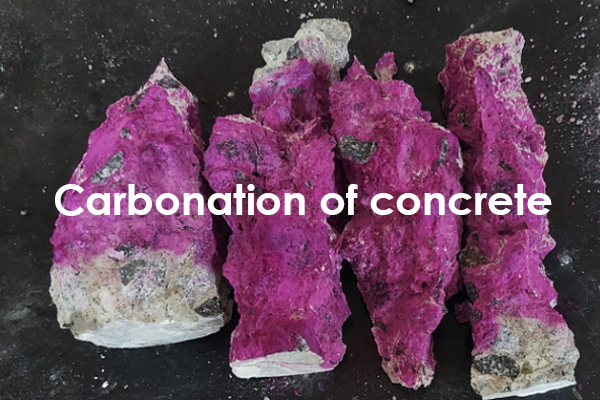
PROFOSCAN (COVER THICKNESS OF CONCRETE)
Profoscan, this method is based on the principle of operation of the electromagnetic device which used for estimating the depth of reinforcement buried under the concrete.
